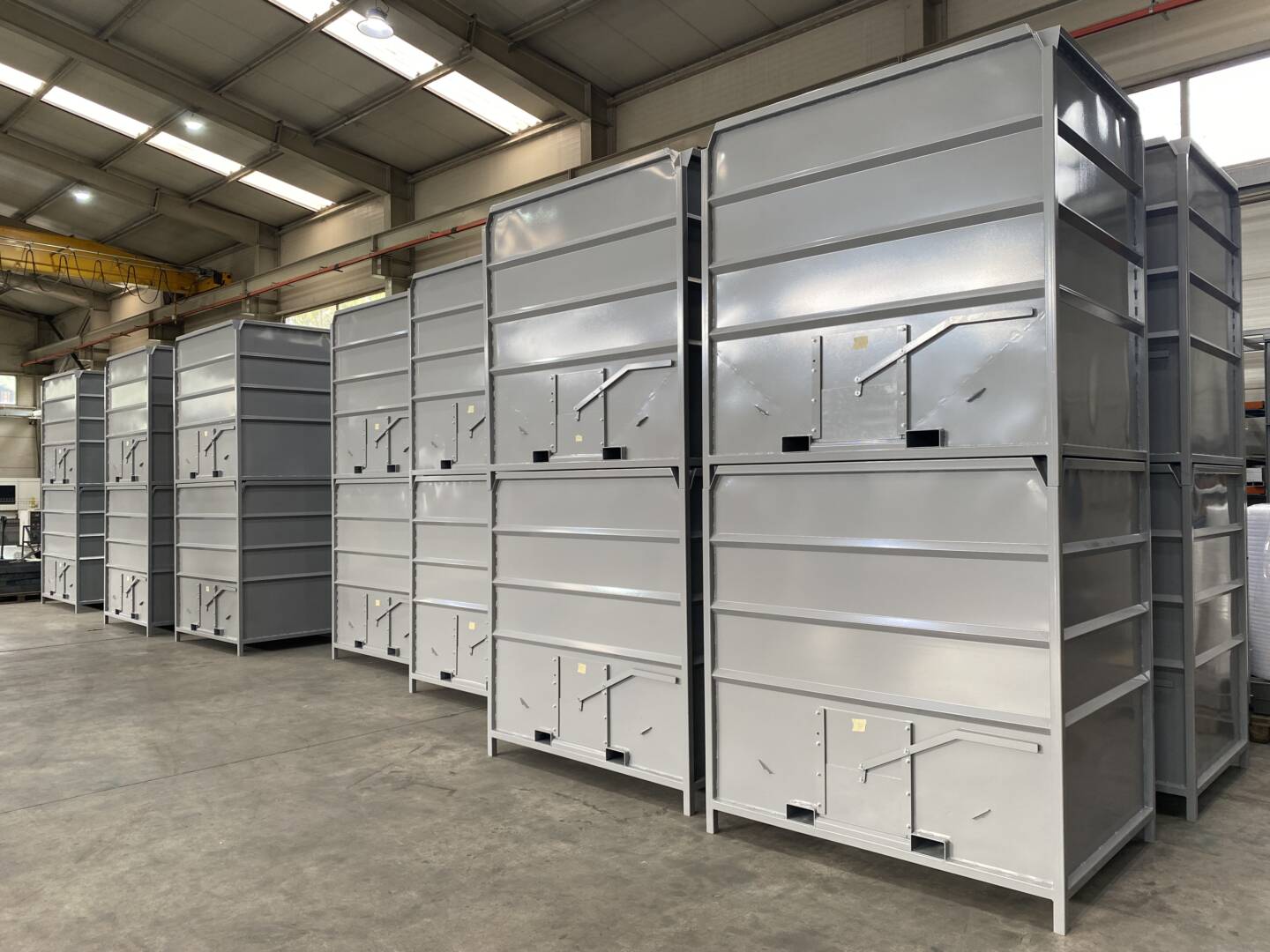
Sheet metal production plays a vital role in the creation of shopfitting equipment, particularly for items such as stillages, metal boxes, shelving units, and display stands. Shopfitting refers to the design, manufacture, and installation of equipment for retail spaces, warehouses, and industrial settings. Metalworking is a key part of this industry, and sheet metal offers a combination of strength, flexibility, and precision that makes it a popular choice for manufacturers.
Sheet Metal and Its Properties
Sheet metal refers to thin, flat pieces of metal that can be cut, bent, and formed into various shapes. Common materials used in sheet metal production include stainless steel, aluminum, galvanized steel, and sometimes copper or brass. These materials are chosen for their strength, corrosion resistance, durability, and ease of fabrication. The thickness of sheet metal typically ranges from a few millimeters to several centimeters, depending on the application.
In shopfitting, the versatility of sheet metal makes it an ideal material for constructing both lightweight and robust structures. Its formability allows manufacturers to create components with complex shapes while maintaining high structural integrity.
Key Applications in Shopfitting Equipment
- Stillages Stillages are containers or frames designed for the transport and storage of goods, particularly in warehouse and industrial environments. These robust units often rely on sheet metal for their construction because of its strength and resistance to wear and tear. The metal is typically fabricated into a rigid frame, which may be fitted with mesh, perforated panels, or solid walls to secure goods.In production, sheet metal is cut into the required sizes and shapes using laser cutting, punching, or shearing machines. It is then bent or folded to form the framework of the stillage. Welding or riveting is commonly used to join the parts together, creating a sturdy unit that can handle heavy loads.
- Metal Boxes and Containers Metal boxes, bins, and containers are essential in various retail and industrial settings. Whether for storage or display, these components often need to withstand rough handling and exposure to varying environmental conditions. Sheet metal is commonly used for these products because it can be easily shaped into different dimensions and designs to meet specific storage requirements.Sheet metal boxes are typically made using processes like stamping or deep drawing, which allow for high-volume production. The use of powder coating or galvanization adds an extra layer of protection against corrosion and rust, which is crucial for durability in demanding environments.
- Shelving Units and Display Systems In retail environments, metal shelving units and display systems are essential for showcasing products in an organized manner. These structures need to be both functional and aesthetically pleasing, and sheet metal offers the right combination of durability and design flexibility.Manufacturers cut and shape sheet metal into panels, brackets, and frames for shelving units. The parts are often powder-coated in different colors to match the design of the retail space. The sheet metal’s high strength-to-weight ratio allows it to support heavy loads without compromising on appearance or functionality.
The Production Process
The production of sheet metal parts for shopfitting equipment involves several key steps:
- Design and Prototyping: CAD software is used to design the parts and ensure that they meet the specifications for strength, size, and functionality.
- Cutting and Shaping: Sheet metal is cut using methods like laser cutting, water jet cutting, or mechanical shearing. After cutting, it is shaped using bending machines or press brakes.
- Joining: The different components are welded, riveted, or bolted together to create the final product.
- Finishing: To enhance durability and appearance, parts may be galvanized, powder-coated, or painted.
Conclusion
Sheet metal production is essential for manufacturing durable and versatile shopfitting equipment such as stillages, metal boxes, and shelving units. The ability to cut, shape, and finish sheet metal with precision makes it an ideal material for constructing high-quality components that can meet the demanding needs of retail and industrial environments.
